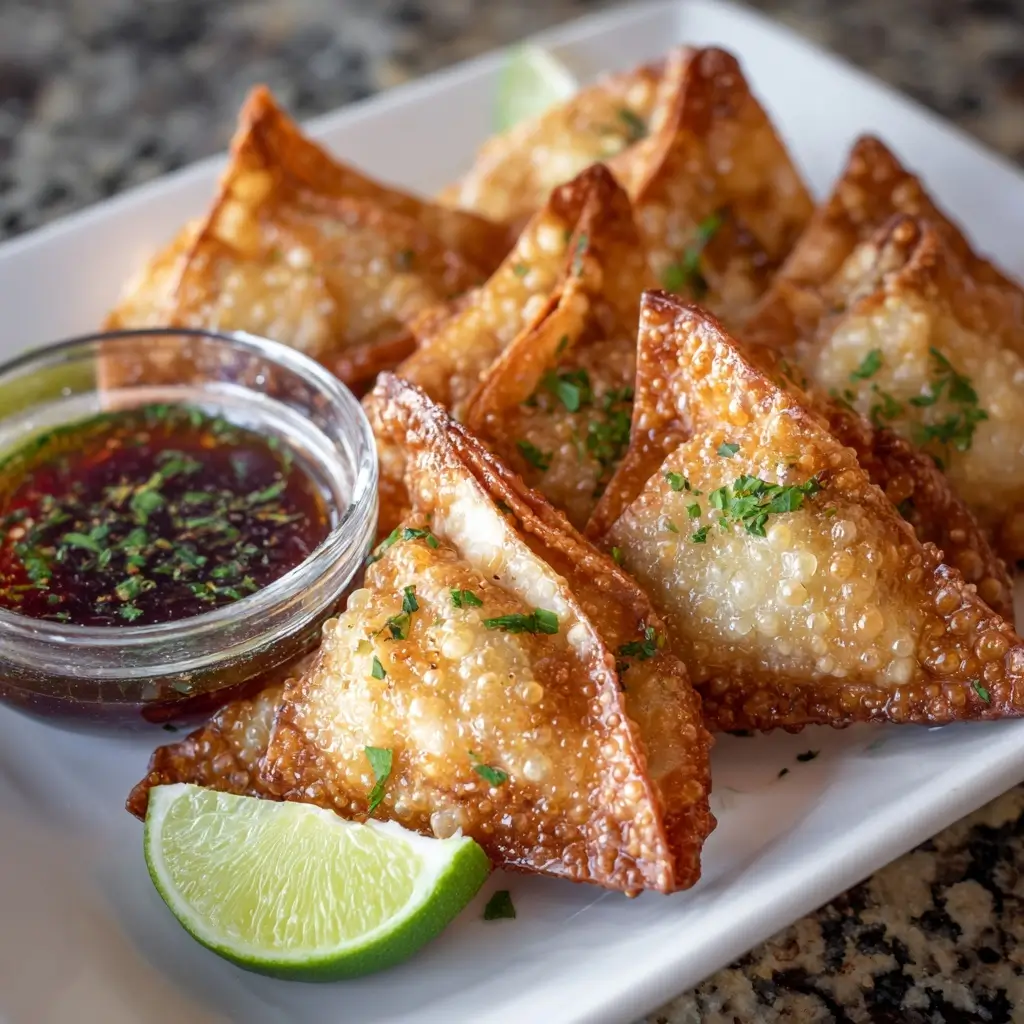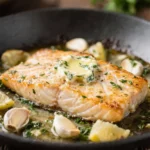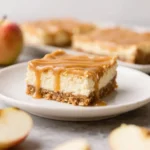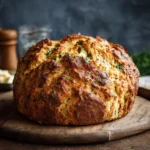Irresistible Rice Paper Crab Rangoons for a Perfect Snack
The History
Crab Rangoon is a beloved staple of American-Chinese cuisine, often found on the appetizer menu at Chinese takeout restaurants across the United States. Despite its exotic-sounding name, Crab Rangoon has no authentic roots in traditional Chinese or Southeast Asian culinary practices. The dish likely originated in mid-20th century America, possibly created by chef Victor Bergeron at his Trader Vic’s restaurant chain in the 1950s. The name “Rangoon” refers to Yangon, the largest city in Myanmar (formerly Burma), but the dish bears little resemblance to Burmese food. Instead, it’s a classic example of fusion cuisine—melding Western ingredients with an imagined Eastern flair.
Originally made with wonton wrappers and deep-fried to golden perfection, Crab Rangoon typically features a creamy, cheesy filling mixed with imitation crab meat. Over time, health-conscious and adventurous cooks have reimagined the recipe using alternative cooking methods and wrappers. Enter the modern twist: Rice Paper Crab Rangoons. By replacing fried wonton skins with delicate rice paper wrappers, this version offers a lighter, crispier, and gluten-free option that maintains all the indulgent flavor while reducing guilt. This innovative take appeals to those seeking healthier snacks without sacrificing taste or texture.
Ingredients Breakdown
The magic of Rice Paper Crab Rangoons lies in the balance of textures and flavors achieved through carefully selected ingredients. Each component plays a vital role in creating a snack that’s both satisfying and sophisticated.
- Imitation Crab Meat (or Real Lump Crab): Provides the signature seafood flavor. Imitation crab (surimi) is cost-effective and widely available, while real crab elevates the dish with a sweeter, more delicate taste.
- Cream Cheese: Acts as the binding agent and adds richness. Use full-fat for creaminess or light cream cheese for a lower-calorie option.
- Green Onions: Add freshness, color, and a mild onion bite that cuts through the richness.
- Garlic (minced): Enhances savoriness and depth without overpowering the delicate crab flavor.
- Soy Sauce or Tamari: For umami and saltiness. Tamari is recommended for a gluten-free version.
- Sesame Oil: A few drops impart a nutty aroma essential to Asian-inspired dishes.
- Rice Paper Wrappers: Made from rice flour, water, and salt, these translucent sheets become pliable when soaked and create a delicate, crispy shell when baked or air-fried.
- Optional Add-ins: Finely chopped water chestnuts for crunch, a pinch of cayenne for heat, or a splash of lime juice for brightness.
- For Cooking: Olive oil spray or avocado oil for baking; neutral oil for pan-frying if desired.
- Dipping Sauces: Sweet chili sauce, plum sauce, sriracha mayo, or a ginger-soy glaze complement the rangoons beautifully.
Step-by-Step Recipe
- Prepare the Filling: In a medium bowl, combine 8 oz of flaked imitation crab meat, 4 oz softened cream cheese, 2 finely chopped green onions, 1 clove minced garlic, 1 tsp soy sauce, and ½ tsp sesame oil. Mix gently until well blended. Avoid overmixing to keep the crab texture intact. Chill for 15–20 minutes to firm up the mixture, making it easier to handle.
- Prep the Rice Papers: Fill a wide, shallow bowl with warm water. Working one at a time, dip a rice paper wrapper into the water for 5–8 seconds until it softens and becomes pliable. Lay it flat on a clean, damp kitchen towel or silicone mat. Be careful not to oversoak, as the wrapper can tear easily.
- Fill and Fold: Place about 1 tablespoon of the crab mixture near the bottom third of the wrapper. Fold the bottom edge over the filling, then fold in the left and right sides like an envelope. Roll upward tightly to seal. The rice paper will naturally adhere as it dries. Repeat with remaining wrappers and filling.
- Choose Your Cooking Method:
- Baking (Recommended): Preheat oven to 375°F (190°C). Arrange rangoons seam-side down on a parchment-lined baking sheet. Lightly spray with olive oil. Bake for 12–15 minutes, flipping halfway, until golden and crisp.
- Air-Frying: Spray rangoons with oil and place in a single layer in the air fryer basket. Cook at 370°F (188°C) for 8–10 minutes, shaking halfway, until crispy.
- Pan-Frying (Optional): Heat 1–2 tbsp oil in a non-stick skillet over medium heat. Cook rangoons in batches for 2–3 minutes per side until golden brown. Drain on paper towels.
- Serve Warm: Transfer to a serving platter. Garnish with thinly sliced green onions, toasted sesame seeds, or microgreens. Serve immediately with your favorite dipping sauce on the side.
Tips
- Keep Rice Papers Covered: When working, cover unused wrappers with a damp cloth to prevent drying and cracking.
- Don’t Overfill: Too much filling can cause the rice paper to split during rolling or cooking.
- Uniform Sizing: Use a cookie scoop or measuring spoon for consistent filling portions, ensuring even cooking.
- Chill Before Cooking: If time allows, chill assembled rangoons for 10 minutes before baking to help them hold their shape.
- Watch Closely While Cooking: Rice paper browns quickly. Check frequently to avoid burning, especially in the air fryer.
- Serve Immediately: These are best enjoyed fresh out of the oven or fryer for maximum crispness.
- Double-Dip for Extra Crunch: For a deeper crunch, lightly brush with egg wash and coat with panko breadcrumbs before baking (ensure gluten-free crumbs if needed).
Variations and Customizations
The beauty of Rice Paper Crab Rangoons lies in their adaptability. Whether you’re catering to dietary needs or simply want to experiment, here are some creative variations:
- Vegetarian Version: Replace crab with finely chopped mushrooms, hearts of palm, or tofu seasoned with Old Bay or nori flakes for a seafood-like flavor.
- Spicy Kick: Add diced jalapeño, a dash of hot sauce, or sriracha to the filling. Top with chili crisp before serving.
- Tropical Twist: Mix in small pieces of mango or pineapple for a sweet-and-savory profile that pairs wonderfully with coconut dipping sauces.
- Herb-Infused: Stir in fresh cilantro, Thai basil, or mint for a vibrant, aromatic lift.
- Gluten-Free Assurance: Use tamari instead of soy sauce and verify that imitation crab is gluten-free (some brands contain wheat).
- Keto-Friendly Option: Substitute cream cheese with mascarpone or full-fat Greek yogurt (in moderation), and use low-carb wraps or skip the wrapper altogether by forming into mini bites and baking.
- Seafood Medley: Combine crab with cooked shrimp, scallops, or smoked salmon for a luxurious upgrade.
- Mini Appetizers: Use smaller rice papers and less filling to create bite-sized versions perfect for parties or cocktail hours.
- Deconstructed Style: Serve the filling as a dip with rice paper chips on the side for scooping.
Health Considerations and Nutritional Value
Rice Paper Crab Rangoons offer a significantly healthier alternative to traditional deep-fried versions. Here’s how they stack up nutritionally (per serving of 6 rangoons):
- Calories: Approximately 180–220 kcal (vs. 300+ in fried wonton versions)
- Fat: 10–12g (mostly from cream cheese; reduced further with light dairy)
- Carbohydrates: 15–18g (primarily from rice paper and fillers; lower than flour-based wrappers)
- Protein: 8–10g (from crab and dairy)
- Sodium: Varies (300–500mg depending on soy sauce and imitation crab used)
Benefits:
- Gluten-Free: Naturally gluten-free when using certified rice papers and tamari.
- Lower in Fat: Baking or air-frying reduces oil content dramatically compared to deep frying.
- Digestive Friendliness: Rice paper is generally easier to digest than wheat-based wrappers.
- Customizable Nutrition: Easily adapted for low-sodium, vegetarian, or dairy-free diets with ingredient swaps.
Considerations:
- Imitation crab contains additives and may be high in sodium—opt for high-quality surimi or real crab when possible.
- Cream cheese contributes saturated fat; consider blending with ricotta or cottage cheese for a lighter texture.
- Those with shellfish allergies should avoid this dish unless substituting with plant-based alternatives.
Ingredients
- 8 oz imitation crab meat, flaked (or real lump crab)
- 4 oz cream cheese, softened (full-fat or light)
- 2 green onions, finely chopped
- 1 clove garlic, minced
- 1 tsp soy sauce or tamari (gluten-free if needed)
- ½ tsp sesame oil
- 12–15 round rice paper wrappers (8–9 inch diameter)
- Olive oil spray or avocado oil (for baking/air frying)
- Optional: 1 tbsp finely chopped water chestnuts, pinch of cayenne, or squeeze of lime juice
- For serving: sweet chili sauce, plum sauce, or homemade sriracha mayo
Directions
- In a mixing bowl, combine flaked crab, cream cheese, green onions, garlic, soy sauce, and sesame oil. Mix gently until uniform. Fold in any optional ingredients. Refrigerate for 15–20 minutes.
- Fill a large bowl with warm water. One at a time, dip rice paper wrappers into the water for 5–8 seconds until flexible. Place on a damp towel.
- Place 1 tablespoon of filling near the bottom of each wrapper. Fold bottom edge over filling, tuck in sides, and roll up tightly. Seal seam by pressing lightly.
- Arrange rangoons on a parchment-lined baking sheet, seam-side down. Lightly spray with oil.
- Bake at 375°F (190°C) for 12–15 minutes, flipping halfway, until golden and crisp. Alternatively, air fry at 370°F (188°C) for 8–10 minutes.
- Serve immediately with dipping sauces and garnishes of choice.
FAQ
Can I make Rice Paper Crab Rangoons ahead of time?
Yes! Assemble them up to 24 hours in advance and store covered in the refrigerator. However, cook just before serving for best texture, as rice paper can soften over time.
Can I freeze them?
Freezing is not recommended after assembly, as rice paper becomes brittle and may crack when thawed. However, you can freeze the filling separately for up to 1 month, then thaw and use as needed.
Why did my rice paper crack while rolling?
This usually happens if the wrapper was too dry or not soaked long enough. Always use warm water and work quickly. Keep unused sheets covered with a damp towel.
Are rice paper wrappers healthy?
Yes—they are naturally gluten-free, low in calories, and made from simple ingredients. They provide a lighter alternative to flour-based wrappers, though they are still a refined carbohydrate.
Can I use real crab instead of imitation?
Absolutely! Real lump crab meat enhances flavor and nutritional value, though it increases the cost. Just ensure it’s well-drained and free of excess moisture.
What dipping sauces go best with these?
Popular choices include sweet chili sauce, duck sauce, soy-ginger glaze, or a creamy mix of mayo, sriracha, and a touch of honey. For a gourmet touch, try a yuzu aioli or mango chutney.
Summary
Indulge in crispy, golden Rice Paper Crab Rangoons—a modern twist on a classic appetizer that’s lighter, crunchier, and bursting with creamy crab flavor. Perfect for gatherings, game nights, or a fancy snack, these bite-sized delights are easy to customize and sure to impress.










